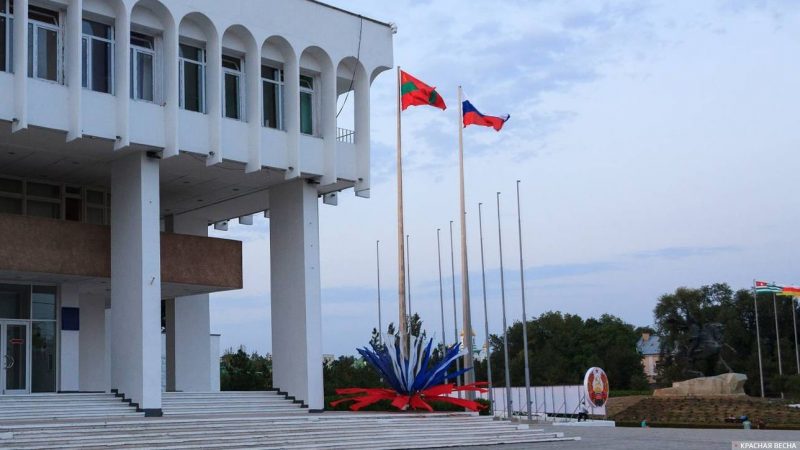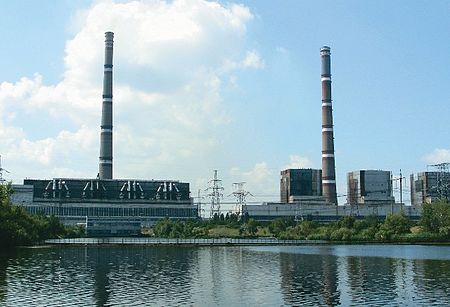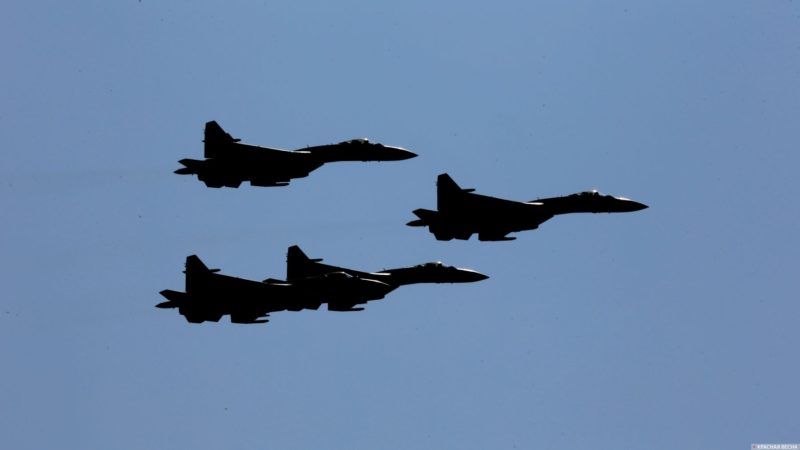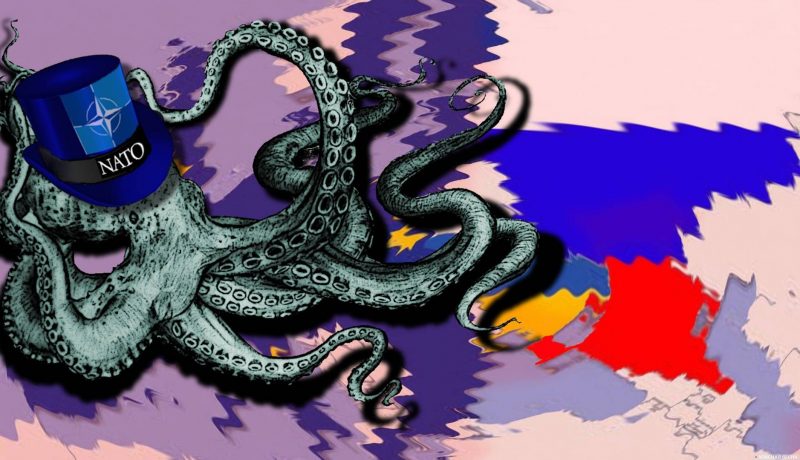29.04.2022, Moscow.
The situation in Transnistria, encircled by unfriendly Moldova and Ukraine, has long been quite tense, but in recent days it has sharply escalated. Three terrorist attacks occurred in the republic in two days. There were no casualties, but given the relations with the neighboring countries, the situation escalated at once.
What preceded the aggravation?
The situation in Transnistria deteriorated significantly during the Russian special operation to denazify Ukraine. The Kiev regime immediately closed the Transnistrian border, and the bridges over the border river Kuchurgan were blown up. Ukrainian army forces were deployed there, and the entire flow of goods between the states ceased. Many Transnistrian trade ties were disrupted, as about 70% of goods were imported from Ukraine. Schemes for the delivery of imports through Moldova had to be established.
Moldova agreed to let more goods through in words and not in deeds. In fact cargoes began to be stopped on bureaucratic pretexts. In mid-April, shipments of medicines were blocked. Then Moldova’s authorities started stopping the transport of raw materials and essential commodities at the Moldovan border. Closer to Orthodox Easter, Chisinau did not allow cars with chicken eggs to pass. Transnistria was actually blockaded.
Rustam Minnekaev, deputy commander of the troops of the Central Military District, said that the goal of the second stage of the special operation in Ukraine was to liberate the south of the country, which would create land access to Transnistria. But it is not yet clear how soon this can be accomplished.
Reports in mid-April that someone was creating clones of governmental websites were the harbinger of something nasty. At the same time, the websites of the president of the republic, the government and a number of other departments began to be attacked by hackers, resulting in the blocking of sites or failures in operation.
Escalation of the situation
The first explosions occurred on April 25 around 5:00 p.m. Unknown persons fired on the building of the Ministry of State Security (MGB) in Tiraspol. It seems that they were fired from grenade launchers. On the spot, eyewitnesses took photos of two abandoned “pipes”. That evening, close to midnight near the capital, two explosions occurred on the territory of the airpark, near the military airfield. They did not cause any damage other than the broken glass of one of the cars. Presumably, two of the bombs were dropped by drones.
On the morning of April 25, more explosions were heard in Transnistria. Unknown people damaged two antennas on the territory of the Mayak TV and Radio Center, which is located near the Ukrainian border. They were rebroadcasting Russian radio and could “reach” the US. On the same day it was reported that the shooters at the MGB building in Tiraspol were most likely from Ukraine.
“The terrorist act was carried out by three yet unidentified persons who, outside the checkpoints – through the field – at 5:15 p.m. entered from the territory of Ukraine in the area of the village of Novovladimirovka, eight kilometers north of Tiraspol. At about 6:00 p.m., they took the same route into Ukrainian territory,” an unnamed source in the Transnistrian government told RIA Novosti.
Consequences of the explosions
Already on the night of April 26, Yuri Butusov, advisor to the Ukrainian Defense Minister, wrote on his Facebook page (organization banned in Russia) that Transnistria and the Russian peacekeepers there should be attacked. In his opinion, it would be easy to take them prisoner and then exchange them for the militants who are hiding in the dungeons of Mariupol. The adviser also recalled that there is a large stockpile of weapons on the territory of the republic, created back in Soviet times.
“It is vital for Ukraine to strike at Transnistria,” Butusov wrote.
Other figures supporting the Kiev regime began to write similar statements. It is worth noting here that there are about 1,700 peacekeepers in Transnistria. They are usually recruited from local residents (there are many citizens of the Russian Federation).
Moldova has also expressed its opinion. The acting president Maia Sandu convened the Security Council, after which she declared that the Transnistrians themselves had allegedly carried out these terrorist acts. Proofs? A few weeks ago, someone there sent out false reports that explosive devices had been planted in schools, hospitals and other institutions. Do you find such arguments unconvincing? There are no others.
In such a climate, a “code red” terrorist threat was introduced in Transnistria, and the main part of the May 9 festivities were cancelled. Fortified checkpoints were set up at the entrances to towns. All educational institutions have switched to a remote mode of study, and exams this year have been cancelled. The republic began to prepare for a siege. This aroused indignation in Moldova. They considered the measures taken to be unreasonable, and the roadblocks to be unauthorized.
An additional headache was thrown up by unknown people, who launched a message that a referendum on relations with the European Union was being prepared in Transnistria. As “proof,” they started distributing a screenshot from a “government” website on social networks. It seems that clone sites have already started to be used. The government denied the information, but this is complicated by the fact that the official sites are blocked, so the Transnistrian authorities have to use Telegram channels only. Thus, someone is trying to blow up the situation from within. This indirectly confirms that everything that is happening is not a coincidence.
Russian and US reactions
The reaction from Russia and the US was almost identical: we are monitoring the situation.
“The only thing I can say is that we are monitoring the situation there very closely. Certainly, the news that comes from there is concerning,” Russian presidential spokesman Dmitry Peskov said.
“We’re closely monitoring the situation as we determine what happened. We reiterate the Moldovan Government’s call for calm in response to these incidents,” said State Department spokesman Ned Price.
Thus, Transnistria and the Russian peacekeepers remain in a state of siege. There are threats to attack on one side and demands to stop preparing for an attack on the other. The peacekeepers have no offensive weapons. They act more as a symbol of the Russian presence.
But the republic also has armed forces which, besides motorized infantry brigades, have artillery and anti-aircraft units. They will not watch Ukrainian punitive forces attacking Russian peacekeepers. Nor will the Russian Armed Forces stand idly by, and missiles and aircraft do not need land borders.
Nevertheless, the republic is under blockade. A shortage of medicines has already begun. Food supplies will soon run out, and the situation seems to be just unfolding. Of course, all hope there is only on Russia. And here a non-trivial solution will be needed to help brotherly Transnistria.
Source: Rossa Primavera News Agency




